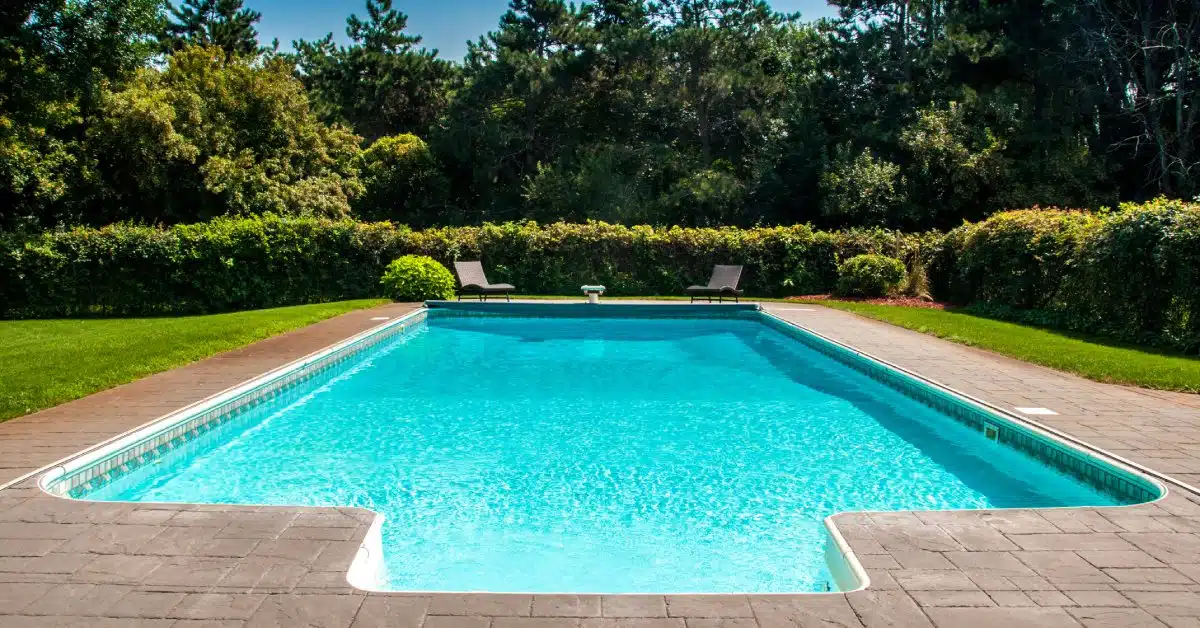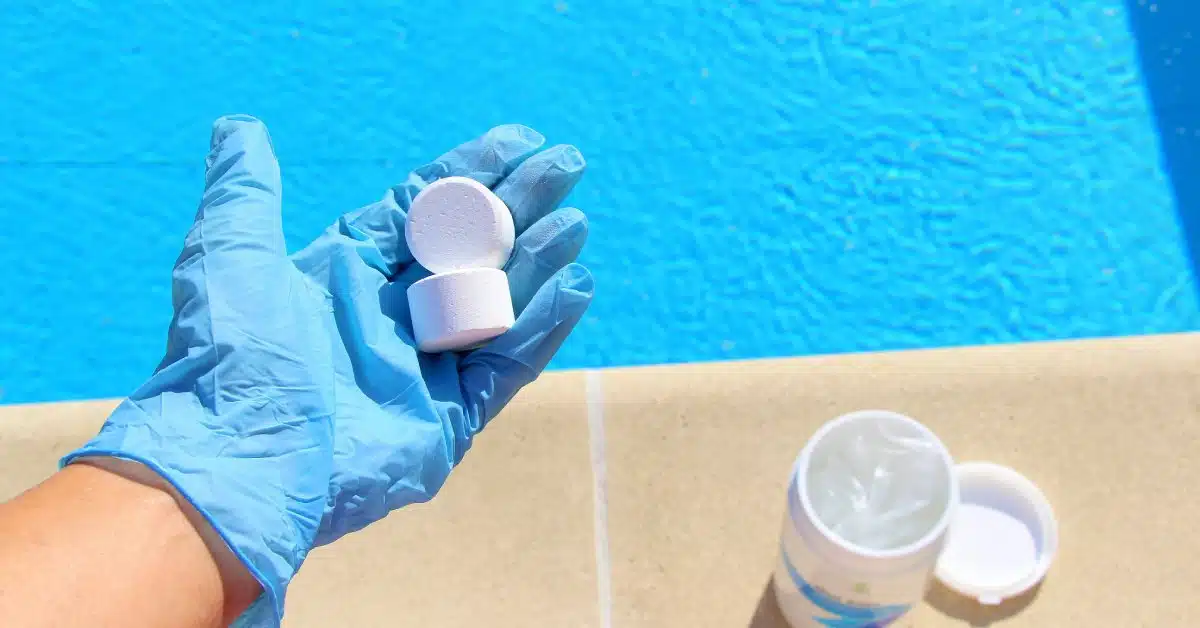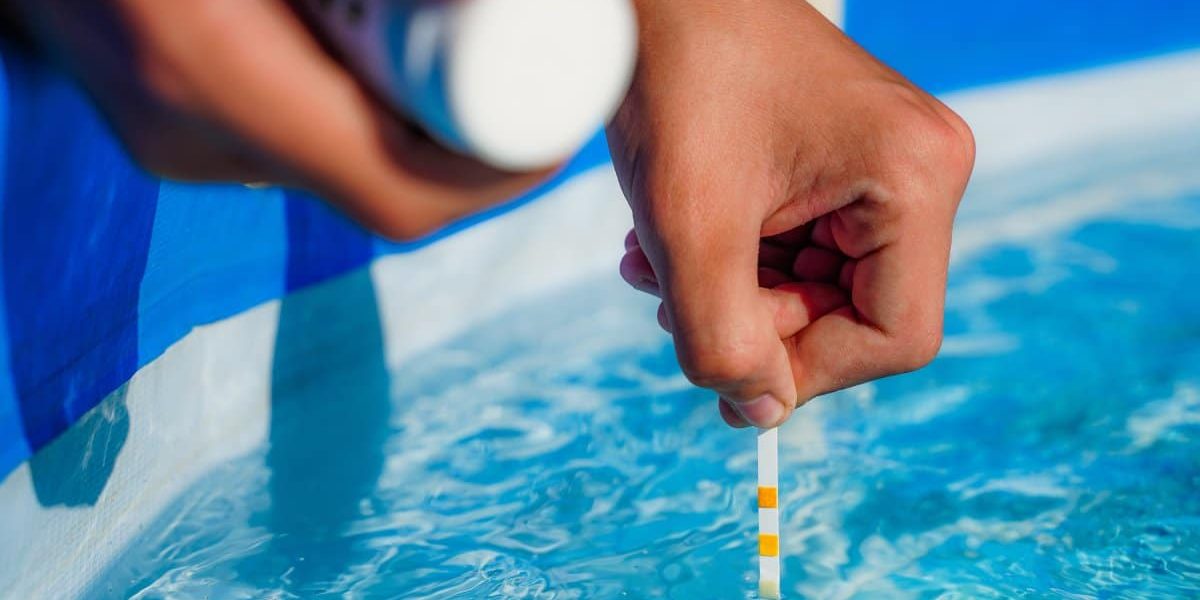Pool owners face a fundamental decision between saltwater or chlorine systems when installing or upgrading their backyard oasis. Each option offers distinct advantages and challenges that can significantly impact your swimming experience, maintenance routine, and long-term investment. Understanding the key differences between these two popular pool sanitization methods helps you make an informed choice that aligns with your lifestyle and budget.
Deciding whether a saltwater vs. chlorine pool is best for your home extends beyond simple preference. Factors like upfront costs, ongoing maintenance requirements, health considerations, and environmental impact all play crucial roles in determining the best fit for your home. By examining how each system operates and weighing their respective pros and cons, you can select the pool type that delivers your desired swimming experience while meeting your practical needs.
How Each System Works
The Science Behind Chlorine Pools
Traditional chlorine pools rely on direct chemical addition to sanitize water. Pool owners add chlorine compounds, typically in liquid, granular, or tablet form, which dissolve and create hypochlorous acid. The hypochlorous acid acts as the primary sanitizing agent, killing bacteria, algae, and other contaminants that can make swimmers sick or cloud the water.
Chlorine systems require regular testing and adjustment to maintain proper chemical balance. Pool owners must monitor chlorine levels, pH, alkalinity, and calcium hardness to ensure safe swimming conditions. Chlorine concentration typically ranges between 1.0 and 3.0 parts per million, with levels fluctuating based on swimmer load, weather conditions, and organic debris entering the pool.
Understanding Saltwater Pool Technology
Saltwater pools generate chlorine through an electrolytic process rather than direct chemical addition. A salt chlorine generator, or salt cell, uses electricity to turn dissolved salt into chlorine gas, which quickly becomes hypochlorous acid. The same sanitizing compound found in traditional pools forms naturally through this electrochemical reaction.
The salt concentration in these pools remains much lower than ocean water, typically around 3,000 to 4,000 parts per million compared to seawater’s 35,000 parts per million. Swimmers often describe the water as feeling softer and less harsh than traditionally chlorinated pools. The salt cell continuously produces chlorine as needed, creating a more consistent sanitization level throughout the day.

Cost Analysis: Initial Investment and Long-Term Expenses
Upfront Installation Costs
Chlorine pools generally require lower initial investment since they use standard filtration and circulation equipment. The main components include a pump, filter, and basic chemical feeding system. Most pool builders include these standard features in base installation packages.
Saltwater systems demand higher upfront costs due to the specialized salt chlorine generator. The generator unit, control panel, and salt cell are significant additional expenses beyond standard pool equipment. Installation also requires electrical work to power the generator system, potentially increasing labor costs.
Ongoing Operational Expenses
Chlorine pools require regular chemical purchases throughout the swimming season. Pool owners buy chlorine products, pH adjusters, alkalinity increasers, and stabilizers on an ongoing basis. Chemical costs vary based on pool size, usage frequency, and local weather conditions that affect chlorine consumption rates.
Saltwater pools reduce chemical purchasing needs but introduce different operational costs. Salt cells typically require replacement every three to seven years, representing a significant periodic expense. Electricity consumption increases due to the generator’s continuous operation. However, reduced chemical purchases often offset some of these additional costs over time.
Maintenance Requirements and Responsibilities
Chlorine Pool Upkeep
Chlorine pools demand consistent attention to maintain proper water chemistry. Pool owners must test water chemistry multiple times per week, adjusting chlorine levels and pH as needed. Shocking the pool with high chlorine concentrations becomes necessary when organic contamination overwhelms the regular sanitization system.
Seasonal maintenance includes equipment cleaning, filter replacement, and comprehensive chemical balancing at opening and closing. Pool owners often develop routines around chemical testing and adjustment, making maintenance predictable but time intensive.
Saltwater System Maintenance
Saltwater pools require less frequent chemical adjustments but introduce different maintenance tasks. The salt cell needs regular cleaning to remove calcium buildup that reduces efficiency. Pool owners must monitor salt levels and add salt periodically as it decreases through splashing and backwashing.
pH levels in saltwater pools tend to rise naturally due to the electrolytic process, requiring more frequent pH reducer additions. The generator system includes electronic components that need periodic inspection and potential repair by qualified technicians.
Health and Safety Considerations
Swimming Experience Differences
Chlorine pools can cause skin and eye irritation, particularly when chemical levels spike above recommended ranges. Strong chlorine odors often indicate chemical imbalance rather than excessive sanitization. Proper chemical maintenance reduces these issues, but sensitive individuals may still experience discomfort.
Saltwater pools typically provide a gentler swimming experience. The softer-feeling water reduces skin dryness and eye irritation common with traditional chlorination. However, saltwater systems still produce chlorine, so swimmers with severe chlorine sensitivities may not find complete relief.
Safety Concerns and Precautions
Both systems require careful attention to electrical safety around water. Saltwater systems introduce additional electrical components that need proper grounding and regular inspection. The salt content, while low, can accelerate corrosion of metal pool components and surrounding structures if not properly managed.
Chlorine storage presents safety considerations, including proper ventilation and secure storage away from children and pets. Pool owners must handle concentrated chemicals carefully and avoid mixing different products that could create dangerous reactions.

Environmental Impact Comparison
Chemical Production and Transportation
Traditional chlorine systems rely on manufactured chemicals that require industrial production, packaging, and transportation to retail locations. The manufacturing process consumes energy and produces industrial byproducts. Regular chemical purchases throughout the swimming season create ongoing environmental impact through transportation and packaging waste.
Saltwater systems reduce dependence on manufactured pool chemicals but increase electricity consumption. The environmental impact depends largely on local electrical grid composition. Areas powered primarily by renewable energy sources see lower environmental impact from saltwater systems compared to regions dependent on fossil fuels.
Water Conservation Factors
Both systems affect water conservation differently. Chlorine pools may require more frequent water replacement when chemical levels become unbalanced beyond correction. Saltwater pools can maintain water quality longer in some situations but may need water replacement when salt levels become too concentrated.
The salt cell’s efficiency degrades over time, potentially requiring higher electricity consumption to maintain adequate chlorination. This decreased efficiency can lead to more frequent water testing and adjustment, though typically less than traditional chlorine systems require.
Making the Right Choice for Your Home
Deciding whether a saltwater vs. chlorine pool is best for your home depends on your priorities, budget, and maintenance preferences. Chlorine pools offer lower upfront costs and familiar maintenance routines but require ongoing chemical purchases and more frequent testing. Saltwater systems provide a potentially more pleasant swimming experience with reduced chemical handling but demand higher initial investment and specialized maintenance knowledge.
Consider your long-term plans, local utility costs, and comfort level with different maintenance tasks when making your decision. Both systems can provide years of safe, enjoyable swimming when properly maintained and operated within manufacturer guidelines.
Gulf Coast Pool Consulting & Construction brings decades of experience installing and maintaining both saltwater and chlorine pool systems. Our commercial and residential pool construction team will help you evaluate your specific needs, local conditions, and budget constraints to select the ideal pool system. We provide comprehensive installation services and ongoing maintenance support to ensure your pool delivers years of reliable performance and swimming enjoyment, regardless of which sanitization method you choose. Contact us today to learn more.

